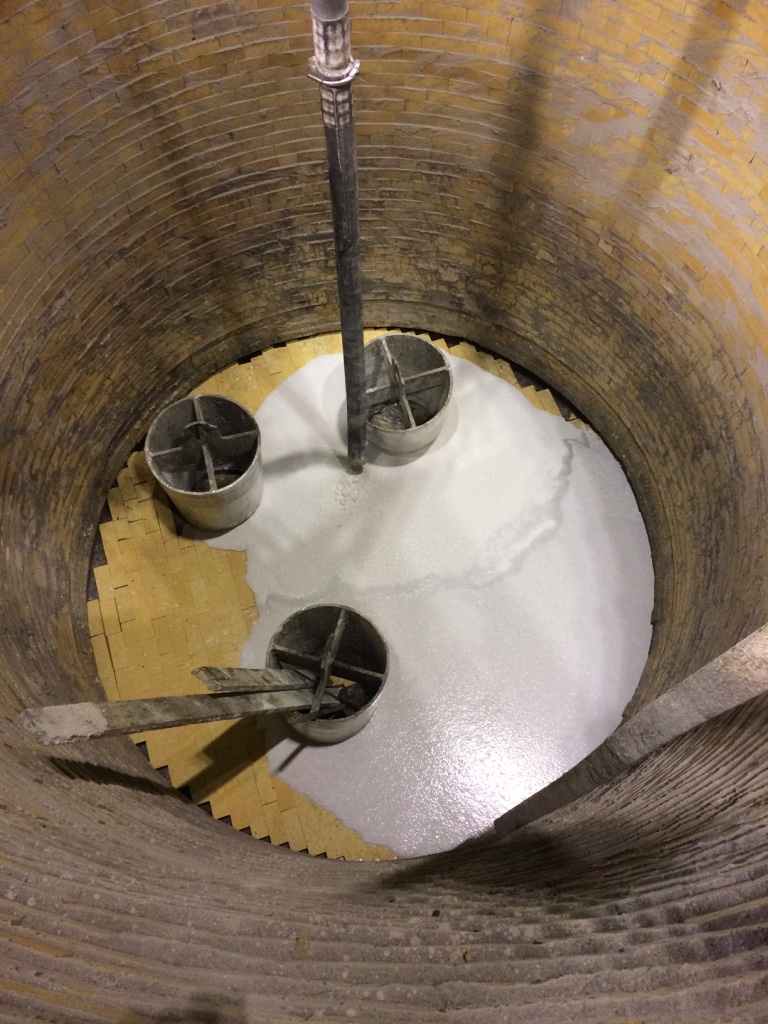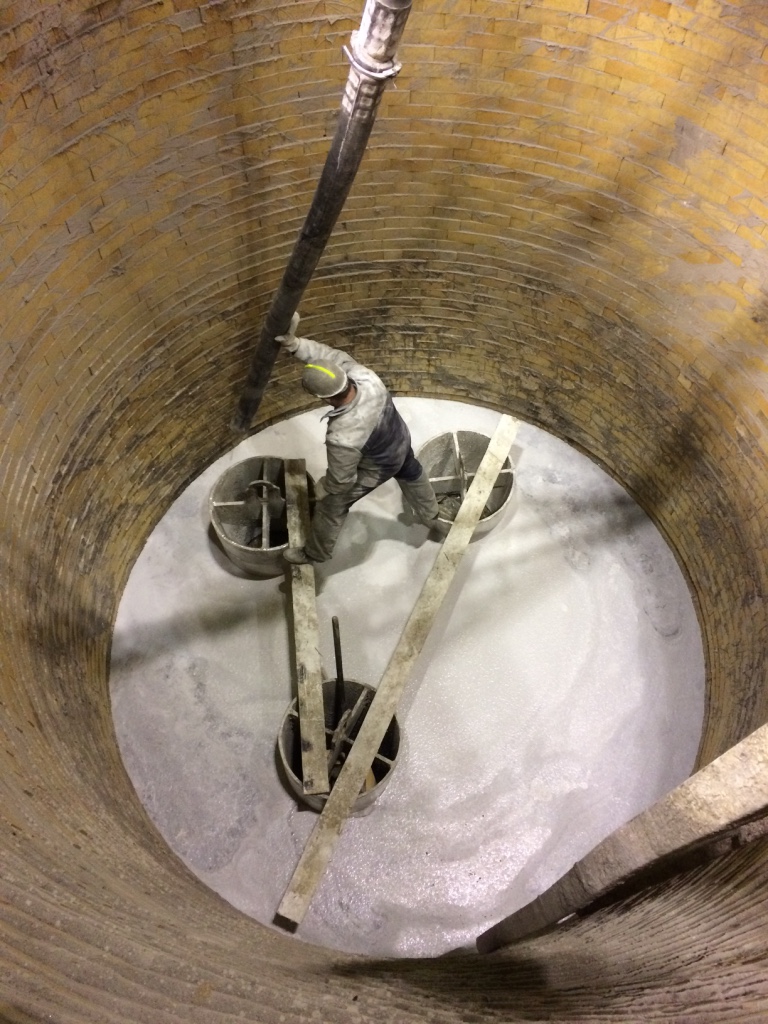- About
- Solutions
- Governance
- Investors
- Sustainability
- Sustainability
- Newsroom
- Jobs
At this point, Seven could tell you about the product special chemical composition or granulometry. This would explain the self-flowing behavior, but not the real effects yet.
While customers are initially impressed by the “magic” self-flowing behaviour of a material that seems dry, in the long run they are convinced by the technical and commercial advantages.
The steel ladle bottom is one of the most crucial parts of the entire steel operation. Some of the most modern steel plants in the world have adopted Seven Flow for the steel ladle bottom.
In a market traditionally dominated by bricks, this cutting-edge technology has shown its advantages in the recent years, getting more and more attention in the market. Especially the highly competitive and quality-oriented European steelmakers are constantly looking for an advantage in the setup of their steel ladle bottoms.
A variety of ladles up to 400 tons capacity have been successfully supplied to date.
Modern steel mills are nowadays under huge pressure to achieve highest quality products while minimizing time and respecting demanding budgets. Optimization is the leading factor, both in time and space – especially for steel ladle bottoms.
Seven provides suitable self-flowing refractories thanks to its continuous research and innovation on formulation as well as raw material selection.
The proper selection of granulometric spectrum and distribution, correct identification of the suitable raw materials, in combination with synergic additives, gives Seven’s self-flowing refractories the same performance as standard or vibrating castable materials, where these ones cannot (or are not suitable to) be applied.
Seven guarantees proper flowing properties, while respecting all required requirements in terms of thermal, mechanical, physical needs.

